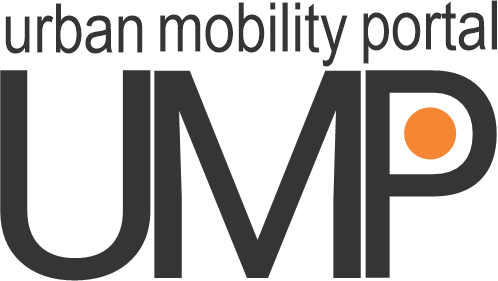
Improving accessibility is fundamental to urban mobility planning. Ensuring that everyone has access to everyday needs is an essential ingredient for developing equitable and sustainable cities. Mobility refers to the ability to move freely but this is only valuable if people can reach their destinations easily by providing access to opportunities such as workplaces, services, entertainment, education, goods and culture. Planning for accessibility involves developing places that offer people the means to reach more opportunities with less mobility. Mobility investments need to be targeted towards these areas and communities that have low accessibility due to the uneven distribution of opportunities. This is especially important in cases where the majority of the population lives outside the central city of a metropolitan or functional urban area (FUA) with limited mobility options. The Edinburgh City Mobility Plan provides an
example of how to achieve this.
Accessibility improvement measures comprise the following topics:
n
Accessibility Levels

Urban Mobility planning should be based on people’s accessibility needs. Several indicators can be used to measure accessibility, such as population distribution, job accessibility by car or transit, access to retail or leisure opportunities, or access to green space. Highly accessible communities are typically characterised by low daily commuting distances and travel times, enabled by multiple modes of mobility. An understanding of current accessibility levels is therefore a critical component of urban mobility planning to enable appropriate improvement measures to be developed. The U.S. Department of Energy has recently developed the Mobility-Energy Productivity (MEP) metric that measures accessibility and appropriately weights it with travel time, cost, and energy of modes that provide access to opportunities in any given location (this new metric is available here)
n
15 Minute Cities 20 Minute Neighbourhoods

The 15-minute city and 20-minute neighbourhood concepts are being implemented in Amsterdam, Barcelona, Berlin, Lisbon, Milan, New York, Paris, Singapore and Stockholm and many other major cities. These concepts aim to improve quality of life by creating cities where everything a resident needs can be reached within 15 to 20 minutes by foot or bike. This requires minimal travel among housing, offices, restaurants, parks, hospitals and cultural venues. Each neighbourhood should fulfil six social functions: living, working, supplying, caring, learning and enjoying. Key services and jobs become closer and more accessible and the overall demand for travel will decline. A walkable urban fabric is necessary to make the 15-minute city work. That implies a "door to door" connected network of walking and cycling corridors (streets, passages, paths) to facilitate ‘active’ mobility and reduce the convenience of travelling by car. The 15-minute city concept is complementary to transit-oriented development as public-transport connections to other neighbourhoods and centres of work remain important to enable car-free access to other parts of the city.
n
Universal Design

Universal Design (also called Inclusive Design, Accessible Design or just Accessibility) refers to transport facilities and services designs that accommodate the widest range of potential users, including people with mobility and visual impairments (disabilities) and other special needs. Although Universal Design standards address the needs of people with disabilities, it is a comprehensive concept that can benefit all users. For example, people who are unusually short or tall, carrying packages or pushing a cart are not disabled, but their needs should be considered in facility design. Increased walkway widths, low-floor buses and smooth walking surfaces improve convenience for all travelers, not just those with mobility impairments. Curb ramps are important for people using handcarts, scooters, baby strollers and bicycles, as well as wheelchair users. Automatic door openers are another example of Universal Design features that can benefit many types of users. Universal design should be comprehensive, meaning that it results in seamless mobility options from origin to destination for the greatest possible range of potential users. It should consider all possible obstacles that may exist in buildings, transportation terminals, sidewalks, paths, roads and vehicles.
Source: Victoria Transport Policy Institute | 2019

